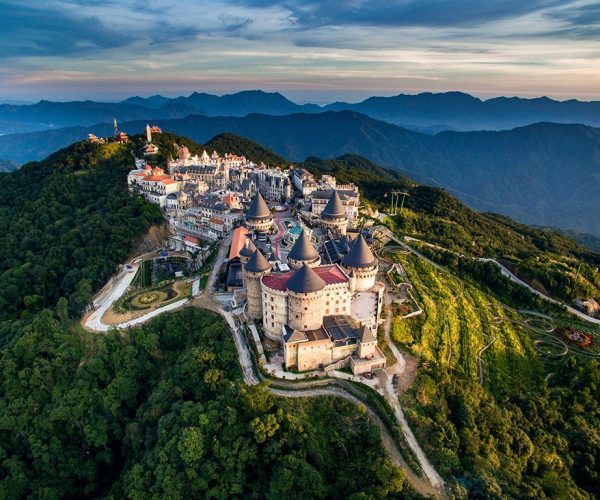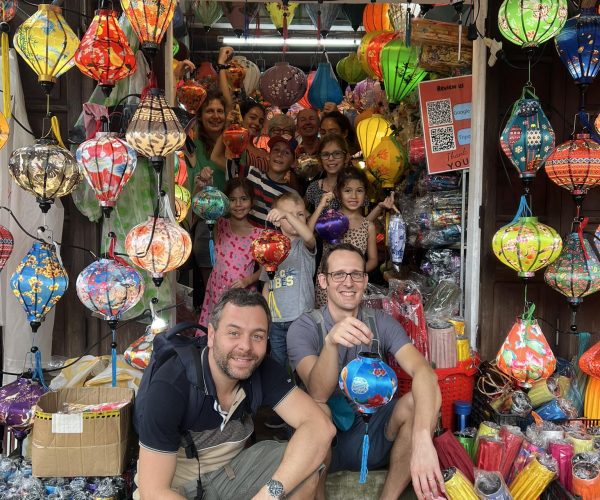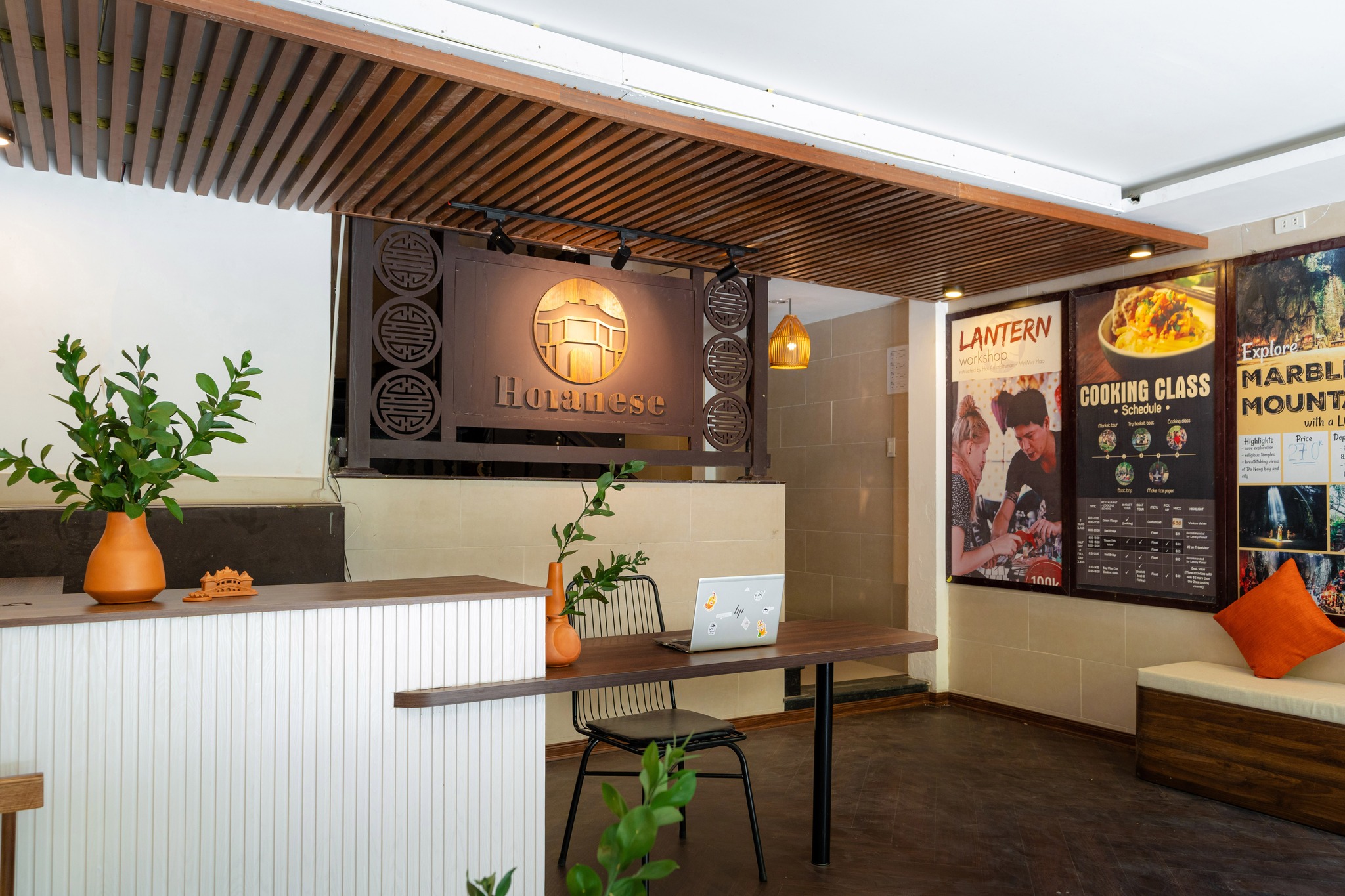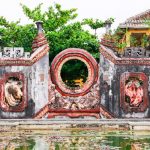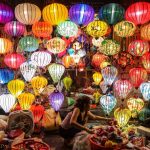
Sharing is caring!
When was the Japanese Bridge built?
There is no clear evidence saying the exact time when the Japanese Bridge was built. According to many scholars, it was built over 400 years ago (around the 17th century CE).
Besides “Japanese Bridge” (Cau Nhat Ban), it’s also called “Chua Cau”, which literally means Pagoda and Bridge. When visiting here, you will easily notice that the Japanese Bridge has 2 parts: The “bridge” part and the “pagoda” part

Why was the Japanese Bridge built?
In the 16th century, Vietnam was divided into 2 states; the Trinh family ruled over the North and the Nguyen family ruled over the South. At that time, Hoi An was in the South and under the control of the Nguyen family.
Due to the open policy in trading of the Nguyen family and the strategic location of Hoi An, many foreign people came here to settle down and exchange goods and products. As a result, there were a large number of Chinese and Japanese living here. In fact, they also built their own communities and numerous constructions such as houses, temples, and assembly houses.
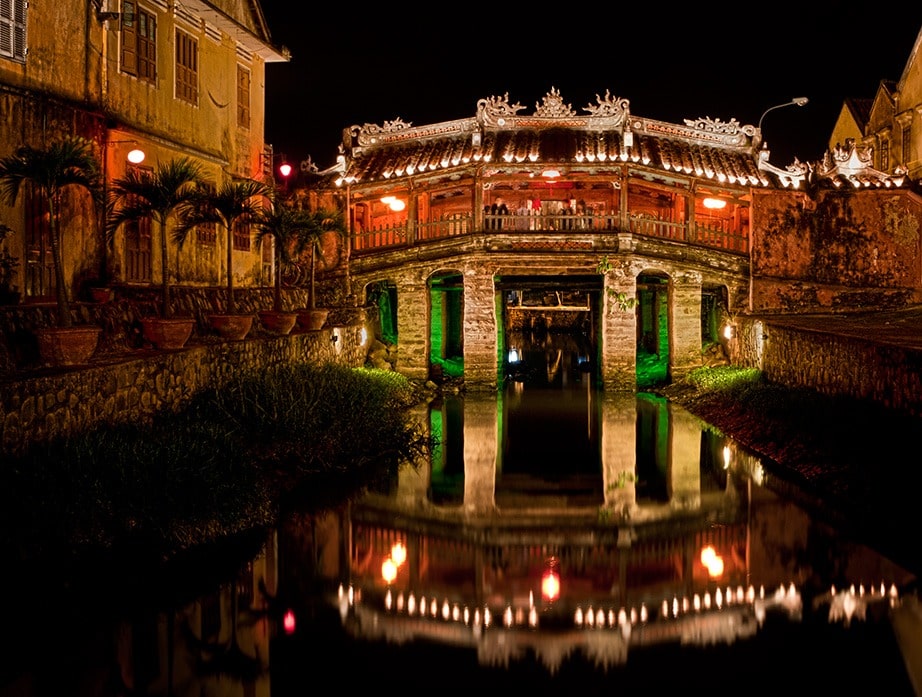
At first, it was believed that the Japanese Bridge was built to serve 2 purposes
– First: connecting the Japanese community with the Chinese community separated by a small stream of water.
– Second: The bridge functions as a magical sword to control the Japanese monster Namazu (its head in India, its body in Vietnam, and its tale in Japan).
Later, the Japanese community became smaller and gradually lost its importance and influence, the Chinese community kept growing and became dominant, they cooperated with local people to build the small pagoda right next to the bridge. It was dedicated to worshiping Bac De Tran Vo – the God of health, wealth, and prosperity.
Note: You need to have a ticket to get inside. The price: 120 000 VND/ 1 ticket and you can visit 5 places.



